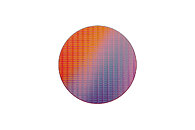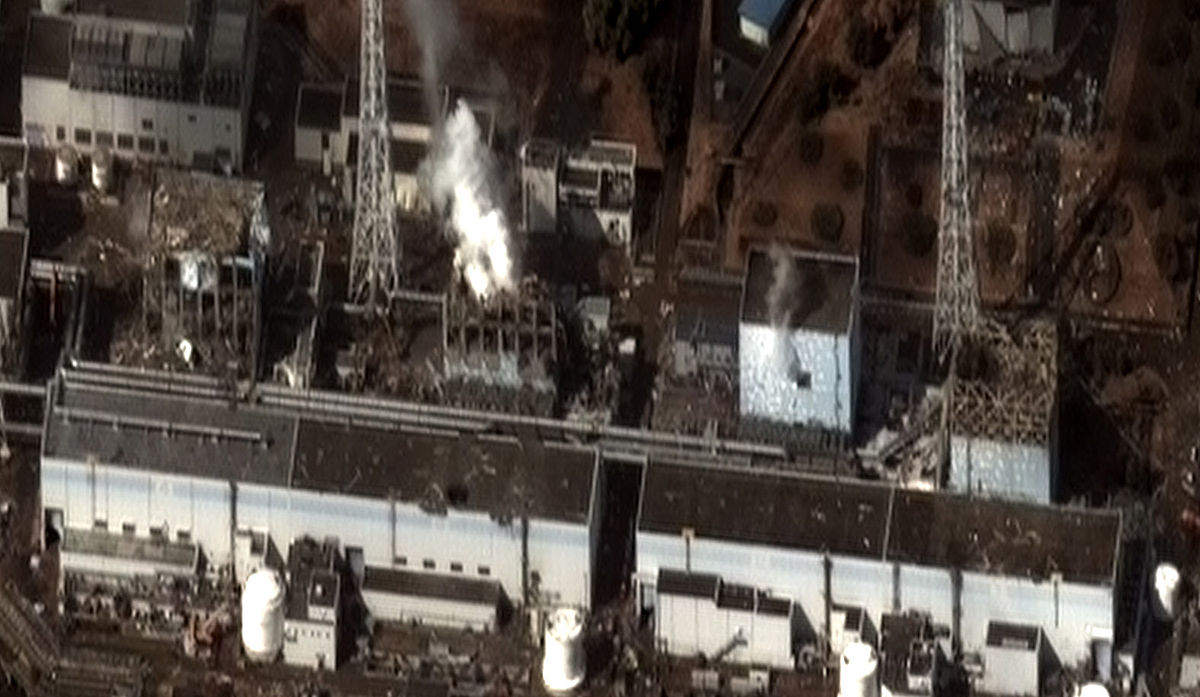TheLostSwede
News Editor
- Joined
- Nov 11, 2004
- Messages
- 18,854 (2.50/day)
- Location
- Sweden
| System Name | Overlord Mk MLI |
|---|---|
| Processor | AMD Ryzen 7 7800X3D |
| Motherboard | Gigabyte X670E Aorus Master |
| Cooling | Noctua NH-D15 SE with offsets |
| Memory | 32GB Team T-Create Expert DDR5 6000 MHz @ CL30-34-34-68 |
| Video Card(s) | Gainward GeForce RTX 4080 Phantom GS |
| Storage | 1TB Solidigm P44 Pro, 2 TB Corsair MP600 Pro, 2TB Kingston KC3000 |
| Display(s) | Acer XV272K LVbmiipruzx 4K@160Hz |
| Case | Fractal Design Torrent Compact |
| Audio Device(s) | Corsair Virtuoso SE |
| Power Supply | be quiet! Pure Power 12 M 850 W |
| Mouse | Logitech G502 Lightspeed |
| Keyboard | Corsair K70 Max |
| Software | Windows 10 Pro |
| Benchmark Scores | https://valid.x86.fr/yfsd9w |
Based on a report by the Nikkei, Japan and the US have joined forces to speed up the development of semiconductor production at 2 nm nodes in Japan by 2025. It's not exactly clear how this is going to happen, but the two nations are said to have signed a bilateral chip technology partnership. The heavy lifting is said to be done by private companies from both nations, but in terms of research and actual chip production. Part of the reason for the move, is that Japan wants to be able to manufacture cutting edge ICs domestically for next-generation chips.
The research is said to be kicking off as soon as this summer, although no decisions have been made with regards to the manufacturing structure, with the Nikkei suggesting two alternatives, based on information from the Japanese Ministry of Economy. There will either be a joint partnership between Japanese and US businesses, or it could be a wholly Japanese owned setup. It appears that one major reason for this project is the production of ICs for the Japanese defence industry, as advanced electronics are needed in a lot of related products, ranging from fighter jets and missiles, to radar systems and communication systems. However, the article also suggests that the 2 nm node is suitable for everything from components for quantum computers to smartphones. Japan already makes advanced silicon wafers and many other parts and components used in semiconductor manufacturing, but the nation has fallen behind in the actual manufacturing of leading edge semiconductors over the past few years.

View at TechPowerUp Main Site | Source
The research is said to be kicking off as soon as this summer, although no decisions have been made with regards to the manufacturing structure, with the Nikkei suggesting two alternatives, based on information from the Japanese Ministry of Economy. There will either be a joint partnership between Japanese and US businesses, or it could be a wholly Japanese owned setup. It appears that one major reason for this project is the production of ICs for the Japanese defence industry, as advanced electronics are needed in a lot of related products, ranging from fighter jets and missiles, to radar systems and communication systems. However, the article also suggests that the 2 nm node is suitable for everything from components for quantum computers to smartphones. Japan already makes advanced silicon wafers and many other parts and components used in semiconductor manufacturing, but the nation has fallen behind in the actual manufacturing of leading edge semiconductors over the past few years.

View at TechPowerUp Main Site | Source











